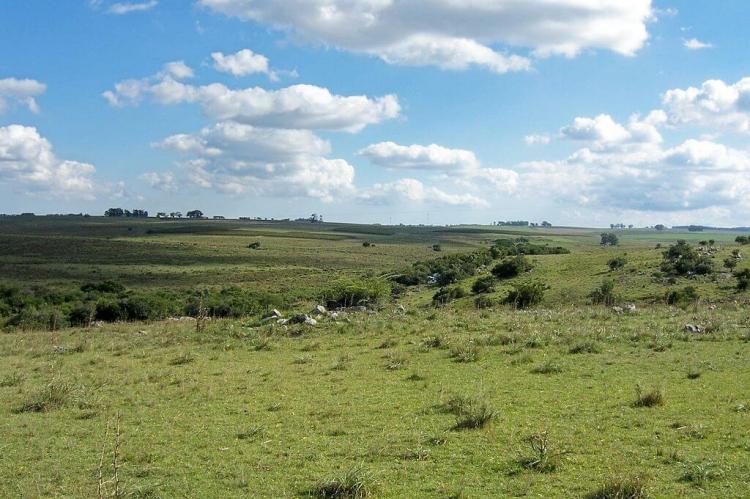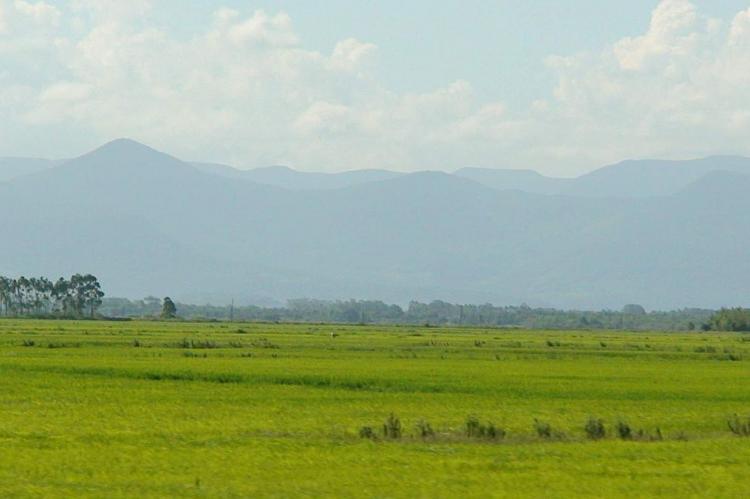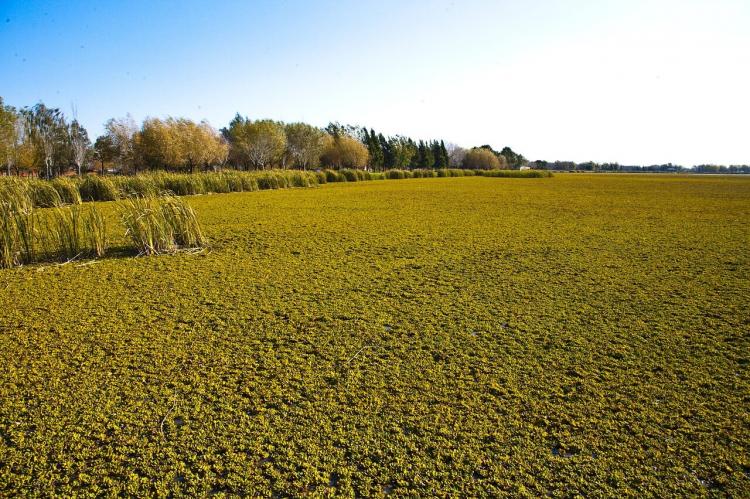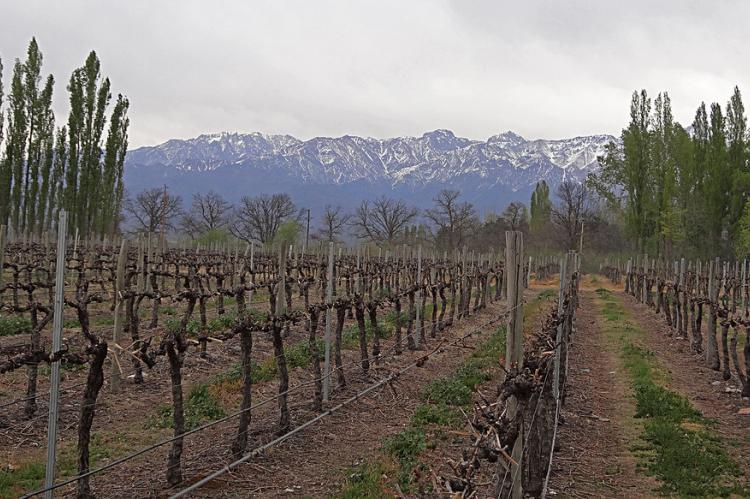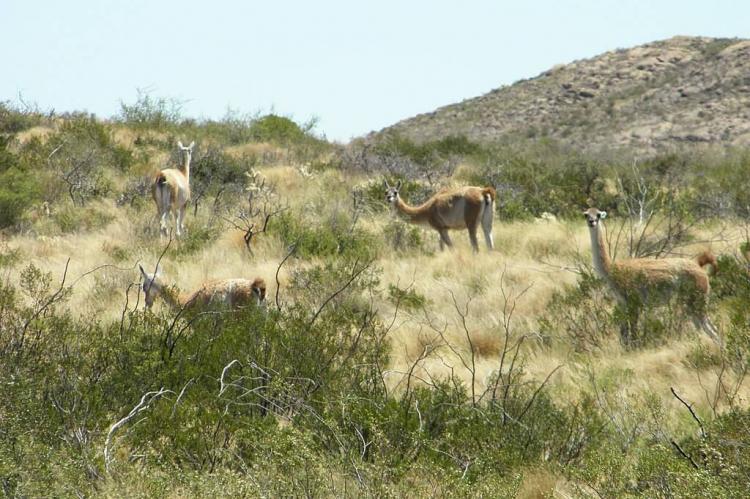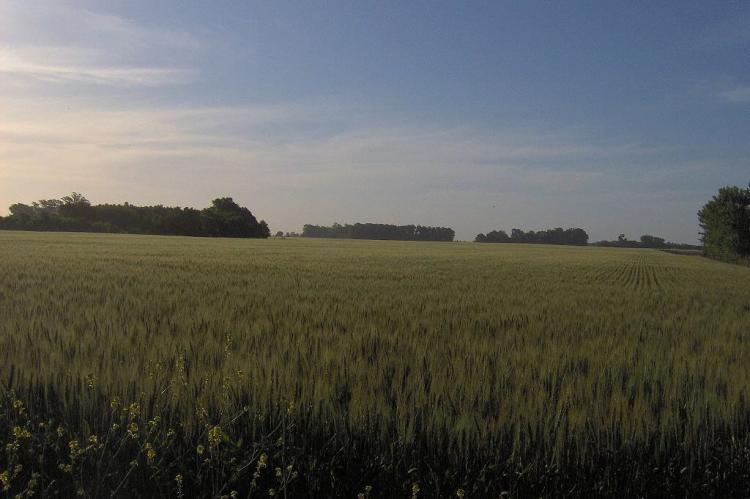The Pampas: South America's Verdant Canvas
The Pampas, a vast and fertile lowland plain region in South America, unfolds like a natural canvas from the Atlantic Ocean to the Andes Mountains. It can be divided into three distinct ecoregions: the Uruguayan Savanna, the Humid Pampas and the Semiarid Pampas.
The Pampas: South America's Verdant Canvas
Stretching across more than 750,000 square kilometers (290,000 square miles), the Pampas, a vast and fertile lowland plain region in South America, unfolds like a natural canvas from the Atlantic Ocean to the Andes Mountains. Encompassing the Argentine provinces of Buenos Aires, La Pampa, Santa Fe, Entre Ríos, and Córdoba, along with all of Uruguay and Brazil's southernmost state, Rio Grande do Sul, it is a region of ecological diversity and cultural significance.
A Triptych of Landscapes
The Pampas can be divided into three distinct ecoregions, each with its unique character and charm:
Uruguayan Savanna: The eastern expanse of the Pampas is adorned with the Uruguayan Savanna, a captivating landscape characterized by distinctive vegetation and climatic conditions. This ecoregion, with its rolling hills and scattered woodlands, plays a vital role in the Pampas' overall ecological balance.
Humid Pampas: At the core of the Pampas lies the Humid Pampas, a vast and fertile plain where flat, grassy expanses stretch as far as the eye can see. Blessed with a temperate climate and abundant precipitation, this central region is renowned for its suitability for agriculture, with annual rainfall ranging from 600 to 1,200 millimeters (23 to 47 inches).
Semiarid Pampas: To the west, the Pampas transitions into the Semiarid Pampas, where the landscape adopts a more arid character. The climate is marked by less frequent but more intense precipitation, creating a unique ecological niche within the broader Pampas region.
A Symphony of Seasons
The Pampas have a temperate climate that gradually transforms into subtropical conditions in the north and semiarid conditions on the western fringes. Precipitation is evenly distributed throughout the year, nourishing the region's fertile soils and supporting a diverse array of plant and animal life. Winters are generally mild, with occasional cold waves, while springs exhibit a mix of warmer temperatures in the west and harsher conditions along the Atlantic coast.
The Gaucho Heritage
The Pampas is not just a geographical marvel but also a cultural treasure trove. The region has long been intertwined with the iconic gaucho culture, which has been celebrated in Argentina's literary masterpieces, such as José Hernández's "El gaucho Martín Fierro" and Ricardo Güiraldes's "Don Segundo Sombra." These works capture the spirit of the skilled horsemen and herders who have been synonymous with the Pampas for generations.
Modern Transitions and Viticulture
In recent decades, the Pampas have undergone a transformation, with certain pockets of the region becoming renowned for their grape-growing and wine production. Particularly around the city of Mendoza, the Pampas has emerged as a major wine-producing hub, accounting for more than half of South America's wine output and marking a significant shift in the region's economic and agricultural landscape.
Flora and Iconic Species
The Pampas is characterized by its expansive grasslands and grass steppes, with the iconic "Pampas grass" (Cortaderia selloana) symbolizing the region's natural beauty. This plant and numerous species of the grass genus Stipa create a diverse and visually stunning landscape that has captivated visitors and residents alike.
As the Pampas continues to play a pivotal role in South America's ecological and cultural narrative, its multifaceted nature invites exploration and appreciation. From its literary heritage to its modern viticulture, the Pampas is a testament to the harmonious interplay of nature and human endeavor. This verdant tapestry captivates the senses and inspires the imagination.
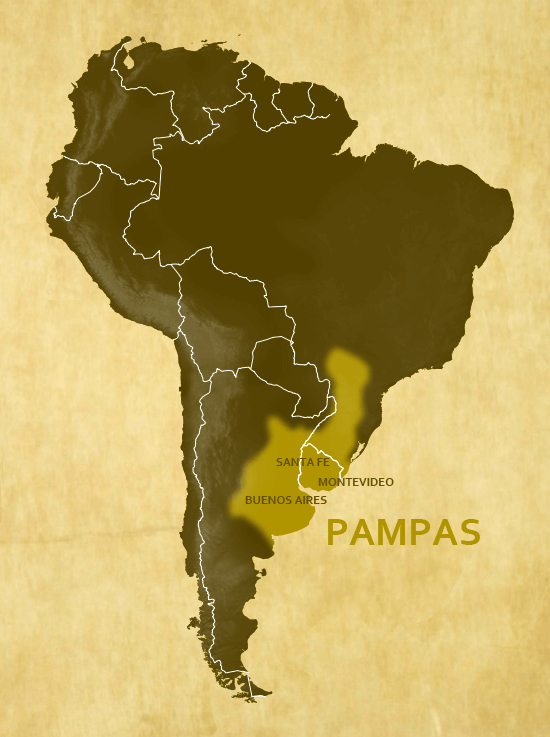
South America map indicating the extent of the Pampas.
